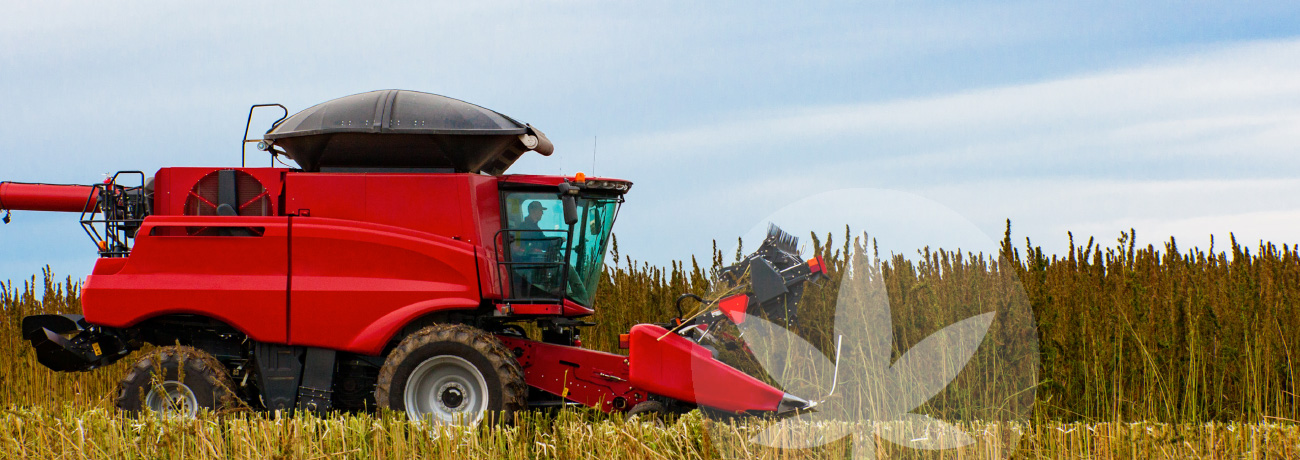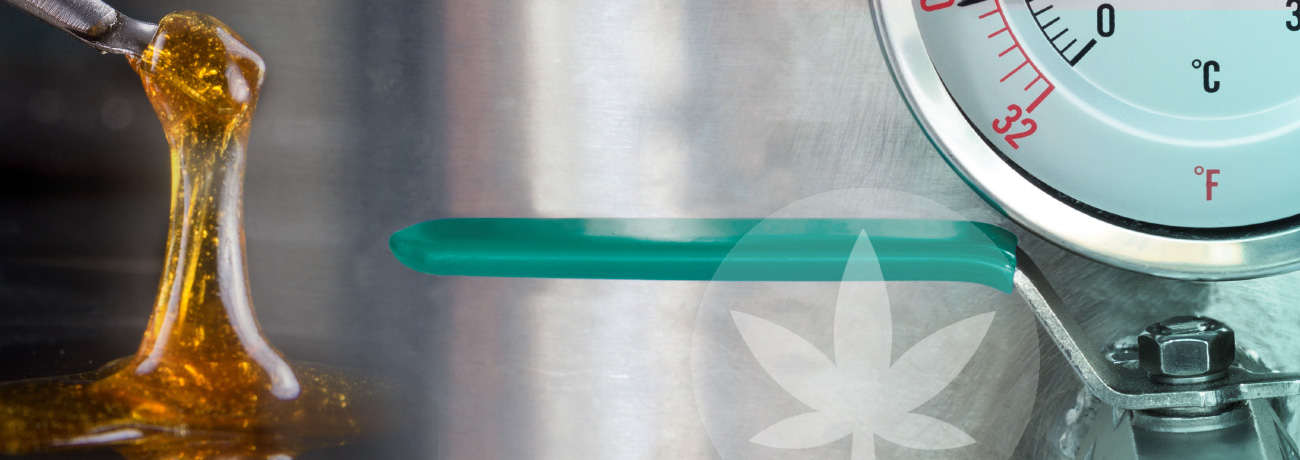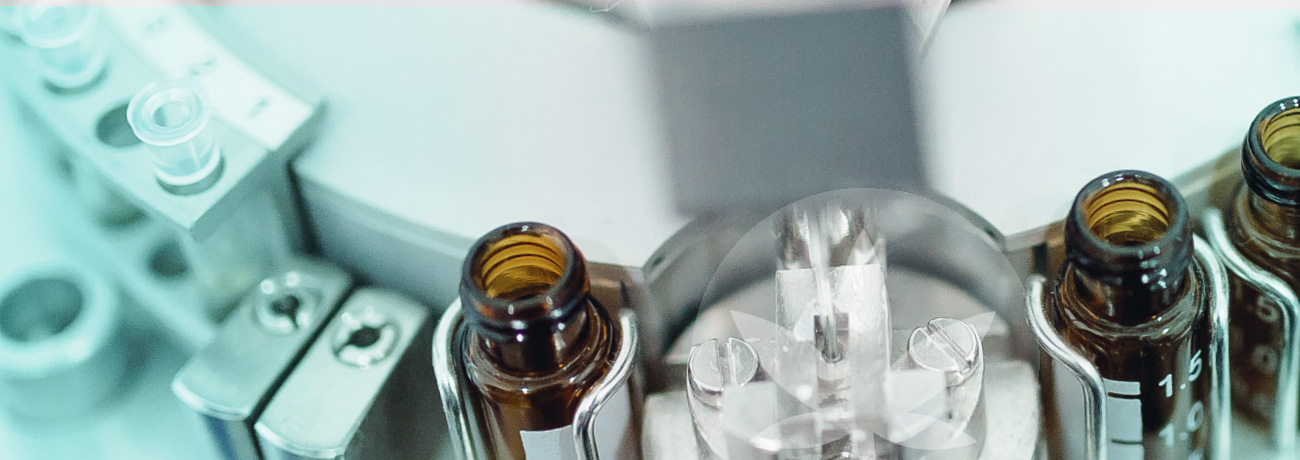How Is CBD Oil Made?
Last updated:
Published:

CBD is making headlines for its diverse possible applications—and its promise is backed by a growing body of scientific research. While many articles talk about the uses and benefits of CBD oil, most people are left in the dark about one key question: How is CBD oil made?
Let us illuminate the process for you: from plant cultivation to harvest to extraction. We'll even go beyond the basics, getting into extra measures that help yield the purest, most potent oil. These are steps that many companies don't include, but we at Cibdol consider crucial to producing the highest quality product. Get ready—here are the ABCs of CBD oil production.
Hemp cultivation and harvest
It all starts with proper hemp cultivation. Industrial hemp seeds are carefully chosen for their natural abundance in CBD and low THC content. At Cibdol, we test the soil before cultivation, ensuring it shows no signs of contamination. Seeds are then sown and the hemp plants grow for up to 120 days.
Near the end of the flowering period, the plants are harvested. They are cut near the root, the seeds and leaves are removed, and the stalk is left to dry. The stems are then soaked, to soften the fibre, in a process known as "retting". Next comes "decortication"; the fibre is manually separated from the stem for further processing. We can now move on to CBD extraction.
CBD extraction methods
There are three main methods for extracting CBD: using a food-grade oil (like olive oil), using liquid solvents, or extracting with supercritical CO₂. Liquid solvent extraction is the most common industrial method.
Oil extraction
Using oils to extract CBD is one of the most straightforward methods. It is popular among home producers. The process starts with using heat to decarboxylate raw plant material, activating cannabinoids such as CBD. The next step is to add olive oil to the cannabis, heating the mixture to 100°C for 1–2 hours total. This causes the olive oil to evaporate, leaving behind highly concentrated CBD oil.
Pros
This method is very inexpensive and safe to execute. It also requires almost no special equipment, making it accessible to home producers.
Cons
Relative to the effort it takes, this extraction method yields very little final product. The resulting oil is highly perishable—it needs to be stored in a cool, dry place and used relatively quickly to prevent it from going bad.

Liquid solvent extraction
Liquid solvent extraction is often done with ethanol, propane, or butane. Plant matter is boiled with one of these solvents to extract the desired compounds (in this case, CBD). The solution is strained and the remaining solvent purged by heat/vacuum, leaving behind a CBD-rich concentrate.
Pros
The equipment required for liquid solvent extraction isn't overly complicated or specialised, but still results in a highly concentrated oil. It's also a relatively simple process.
Cons
On the downside, this method requires more energy than CO₂ or oil extraction. It's also not as precise as CO₂ at targeting desired compounds (like CBD) for extraction, often resulting in a less desirable product. Working with powerful solvents at high temperatures can also be dangerous, and poses potential risks to the environment.
Supercritical CO₂ extraction
Supercritical CO₂ extraction is also a popular method outside the hemp/CBD industry; it is frequently used across the cosmetics and pharmaceutical sectors.
At its “critical” pressure and temperature, CO₂ takes on a state between liquid and gas, allowing it to exhibit traits of both. Supercritical CO₂ extraction uses CO₂ as a "green solvent" to extract CBD. The CO₂ must reach the optimal pressure and temperature for extraction to occur. This requires precision and specialist knowledge, since different compounds are isolated at different temperatures.
In industrial-grade extraction systems, there are three components: the extraction vessel, the accumulator, and the separator. The extraction vessel is filled with ground cannabis, and the accumulator pumps liquid CO₂ into the vessel. This creates a mixture of CO₂ and cannabinoids. The separator then takes this mixture, removes the CO₂, and isolates the CBD extract.
Pros
CO₂ extraction is a safe method for both humans and the environment. It doesn't require any toxic chemicals, and employs a closed-loop system with the possibility of recycling the CO₂. Since CO₂ extraction works at lower temperatures than liquid solvents, it preserves more of the hemp plant's terpene profile, resulting in a richer, more beneficial oil.
Cons
This method is expensive due to the equipment required. Since it requires specialist knowledge, it's essential to have access to an experienced chemist. Both of these things make CO₂ extraction unsuitable for home producers.

Going above and beyond
The above extraction methods can yield a decent CBD oil on their own, and many companies leave it at that. However, there are additional measures one can take to obtain a truly superb end product. Here are some important extra steps Cibdol adds to the production process. It's our way of going above and beyond to produce the highest-quality product.
CBD decarboxylation
When it comes to cannabis, decarboxylation is the process of using heat to convert cannabinoid acids into active cannabinoids. When heat is applied at specific temperatures and for precise durations, a carboxyl group is removed from the cannabinoid acids. Carbon dioxide is released, and what remains is an active cannabinoid. For example, when cannabinoid acid CBDA is decarboxylated, it becomes CBD.
Decarboxylating CBD oil on a commercial scale is a complex process that involves finesse and experience. To do it safely, it needs to be performed in a lab, under the guidance of experts, using specially engineered equipment. That said, when done properly, decarboxylation helps to ensure your CBD oil achieves maximum potency (so you can reap maximum benefit).
Purification
We at Cibdol purify our CBD oil using a specialised filtration system. This process removes unwanted fats, chlorophyll, and chemicals. Non-purified—or "crude"—CBD oil is darker in colour. It can be inconsistent in concentration and has a strong odour. Purified oil is lighter in colour, has a discreet, natural scent, consistent potency, and a pure, liquid consistency.
In addition to our filtration system, we test our oils extensively to ensure they are free of any artificial contaminants, additives, or harmful microbial life. Moreover, third-party testing ensures our products are as pure as we say they are.
Terpene enriching
Terpenes are aromatic compounds found in cannabis. They each have unique properties, some of which display therapeutic potential. For example, studies have found the terpene myrcene, which has an earthy aroma, to relieve pain, inflammation, and depressed mood.
The process of extracting CBD from the hemp plant can result in some loss of terpenes. For this reason, Cibdol adds a terpene enrichment step to our CBD oil production model. We retain the maximum amount of terpenes by using a proprietary steam distillation process. This helps preserve more of the holistic benefits of the hemp plant.
The gold standard for CBD oil
Cibdol's CBD oil is manufactured in Swiss laboratories, using cutting-edge equipment, superior raw ingredients, and the latest scientific methods. We like to be transparent about our process, and enjoy educating consumers about every aspect of CBD oil. From cultivation to purification to your doorstep, we are committed to quality at every stage. This includes taking additional steps that push standards to the next level.













